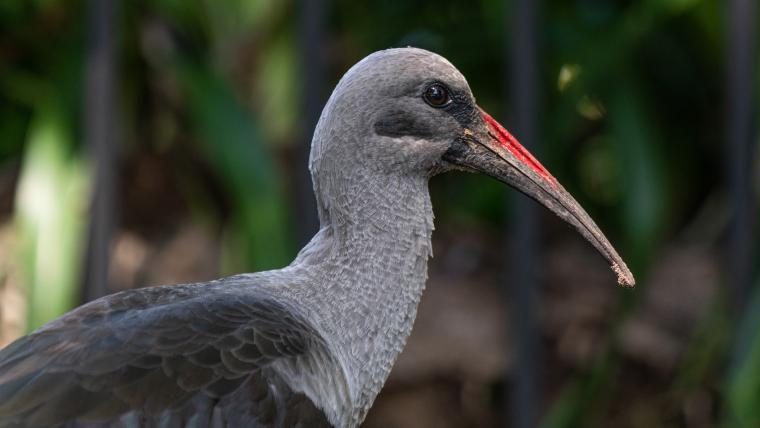
Feathered fiend or lawn connoisseur? It’s time to reconsider the humble hadeda
Let’s paint a picture: one moment you’re in a deep slumber, untroubled by the cares of the world and floating through space on a doughnut. The next, you’re rudely awakened, thrust into consciousness by the raucous call of an agent of chaos more commonly known as a hadeda – imagine 1 000 squeaky toys being stood on for eternity at your window. More persistent than a heartbeat, the cry of a hadeda is an unrelenting fact of life in sub-Saharan Africa. But maybe this isn’t as nightmarish a reality as it sounds.
Lawns are the perfect feeding grounds for the hadeda ibis. They aerate the soil as they plunge their long curved bills into the dirt. This is great news for gardens everywhere, as the intervention of a hadeda creates healthier environments for plants and keeps insect populations under control. Hadedas are carnivorous, fishing out earthworms, snails, and a host of other creepy crawlies from soft earth. Rumour has it that they’re also front-line defenders responsible for keeping fearsome Parktown prawns at bay from Johannesburg residents.
The hadeda is something of a connoisseur when it comes to the delicacies buried under your grass. Perhaps a visit from one of these birds is a compliment, not a curse. At least, try to remember that when the avian alarm you didn’t set goes off at 5am.






























Please sign in to leave a comment